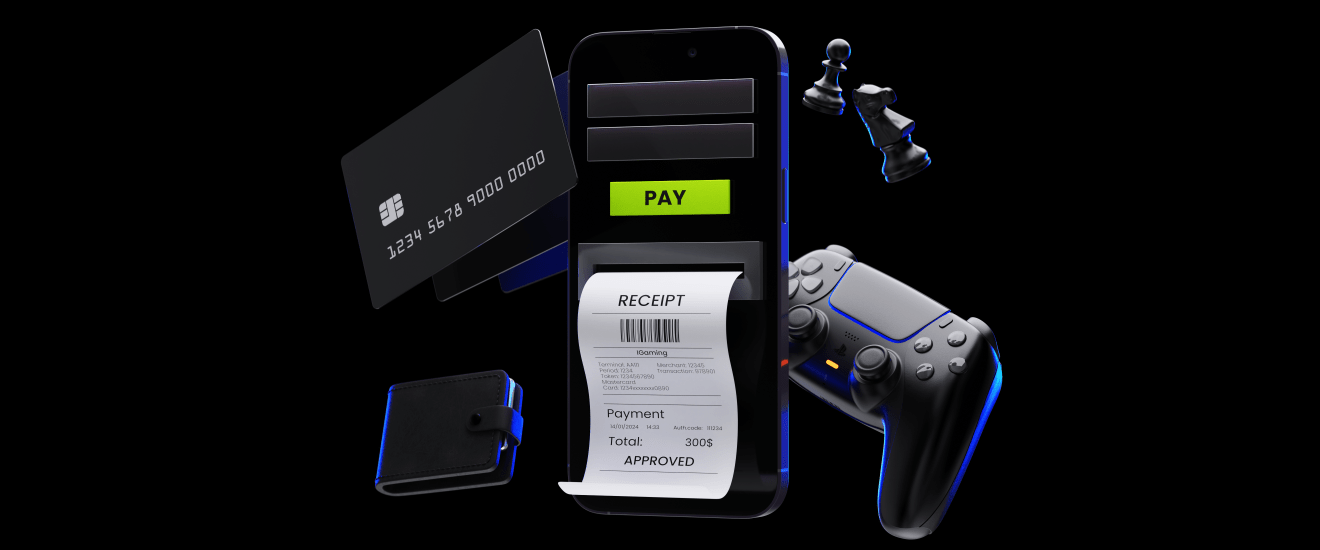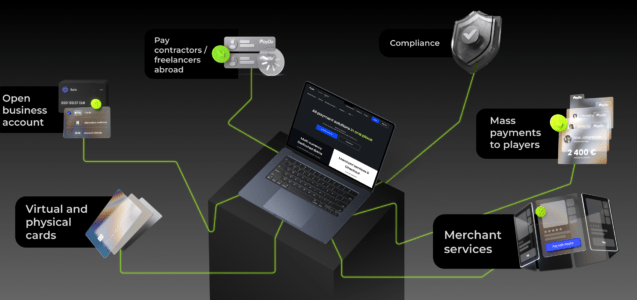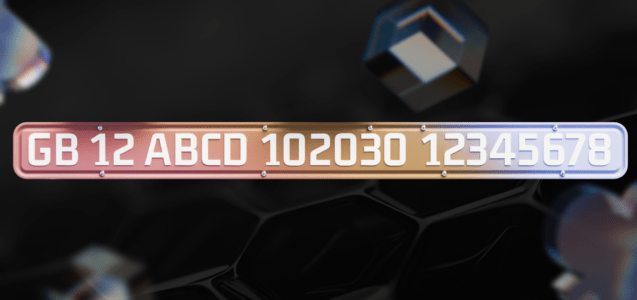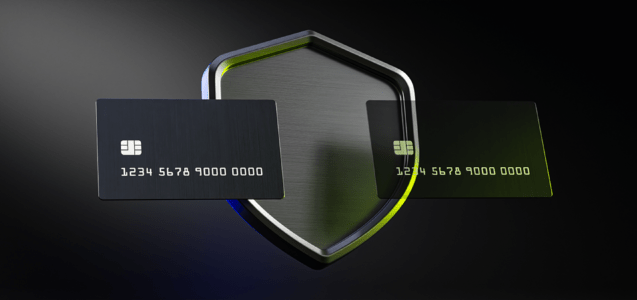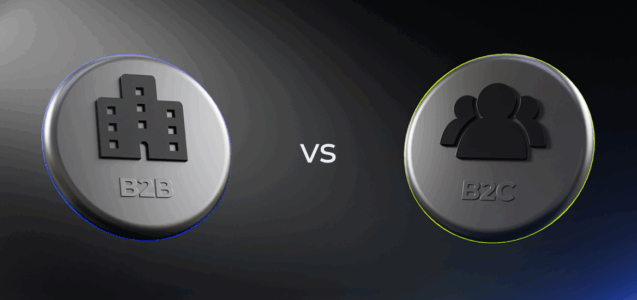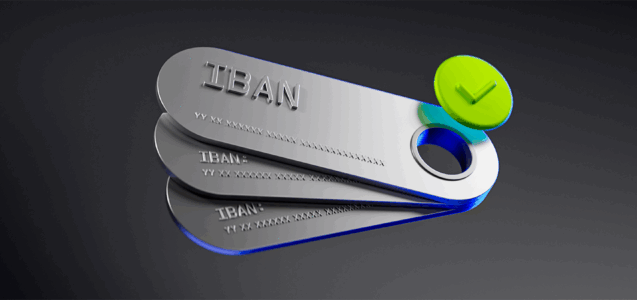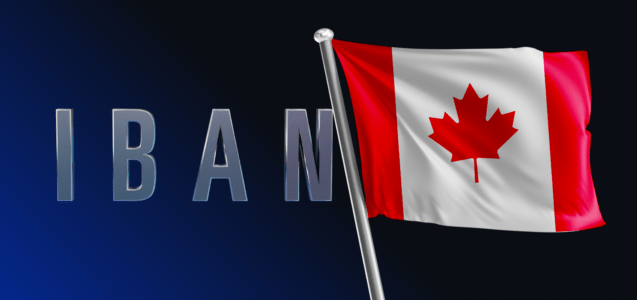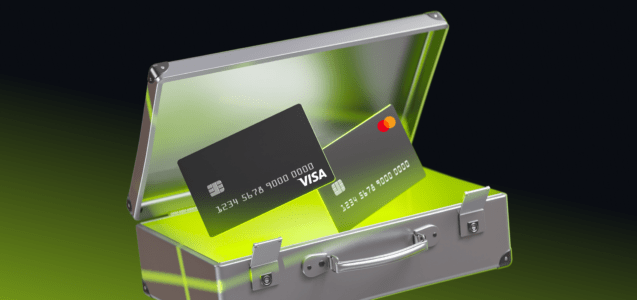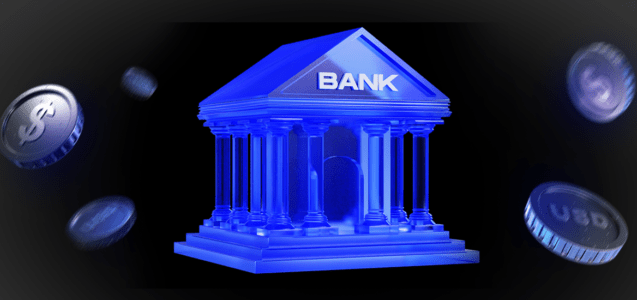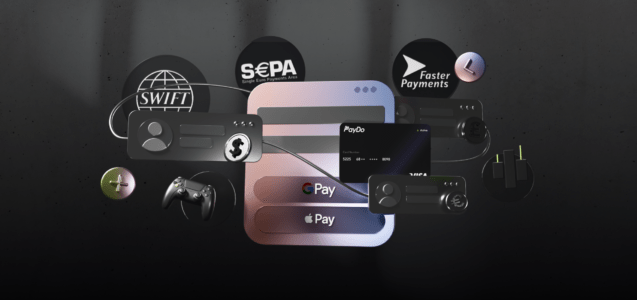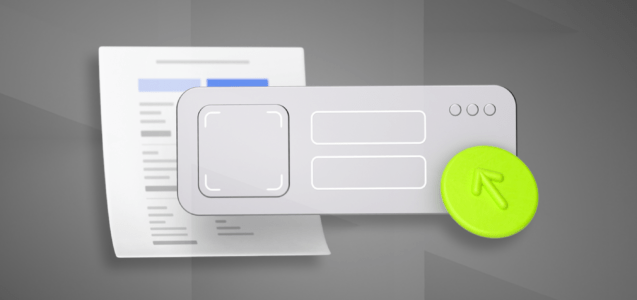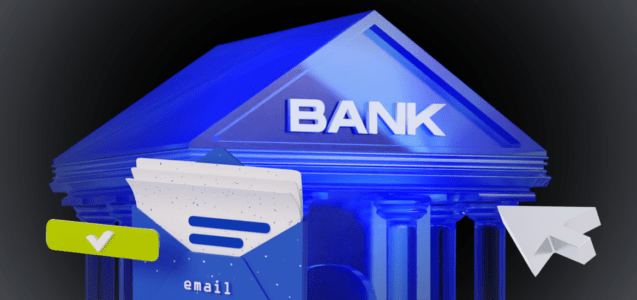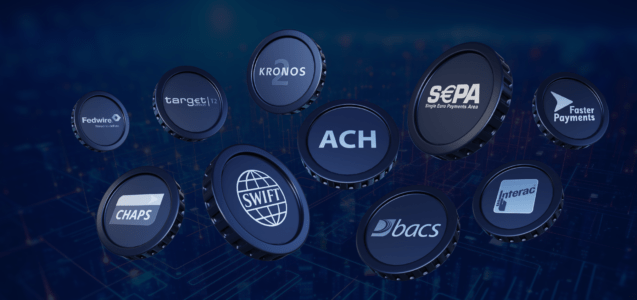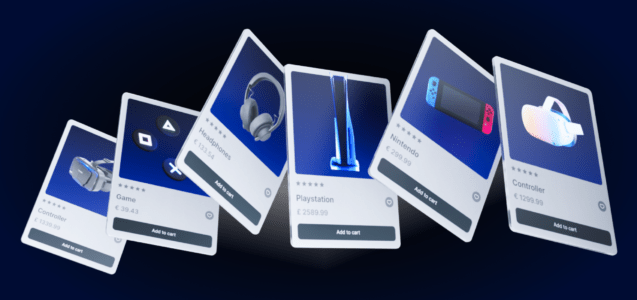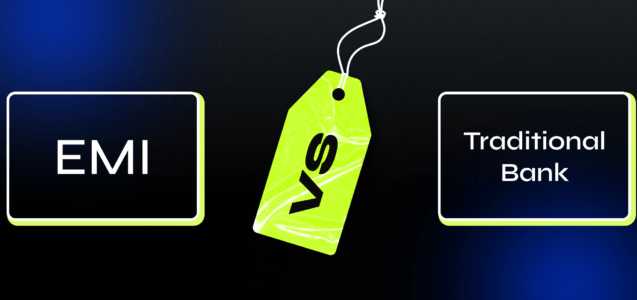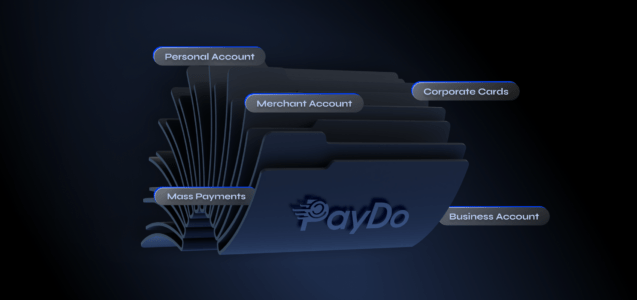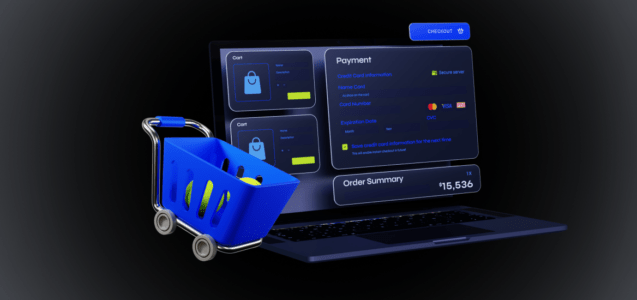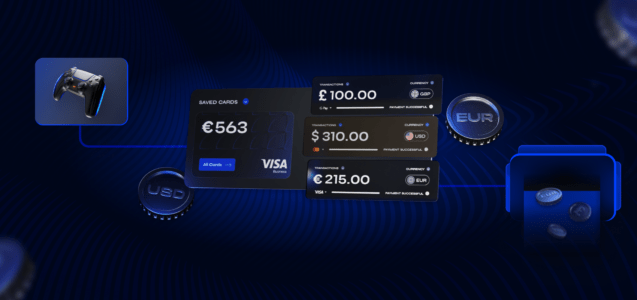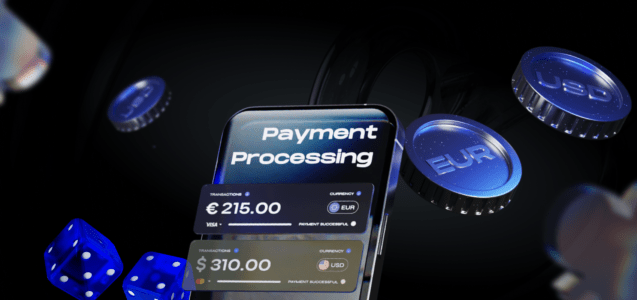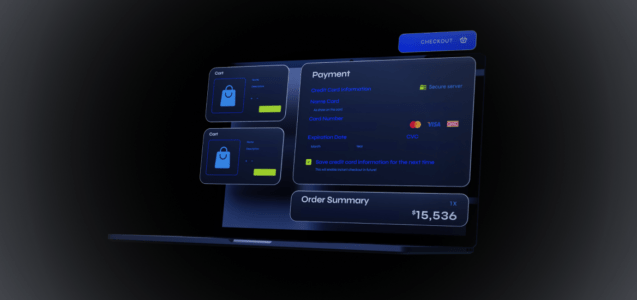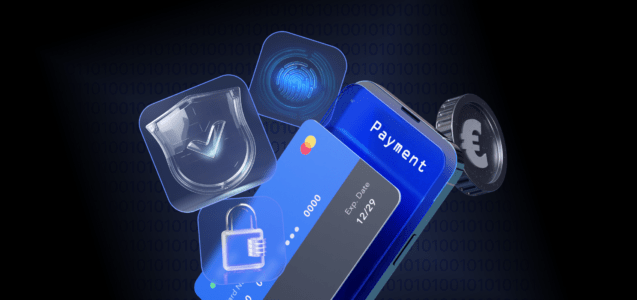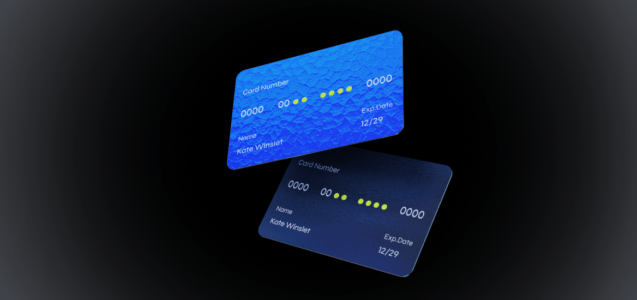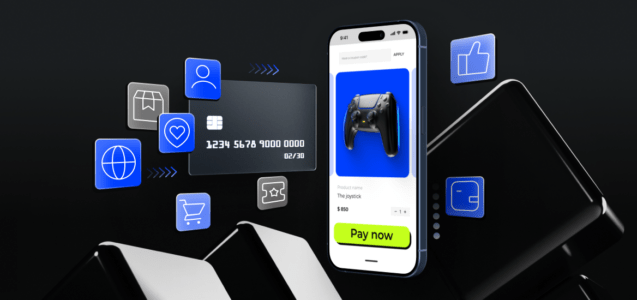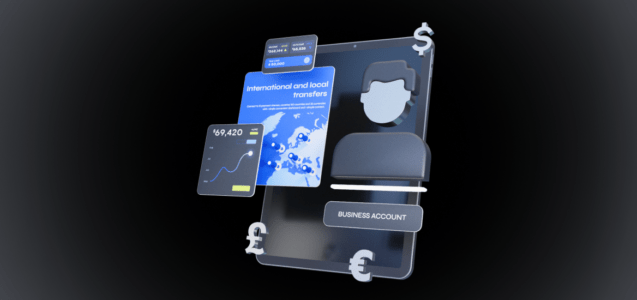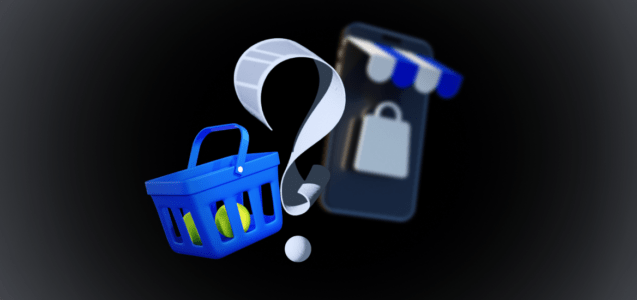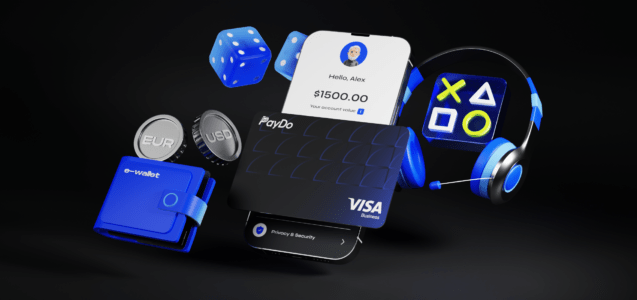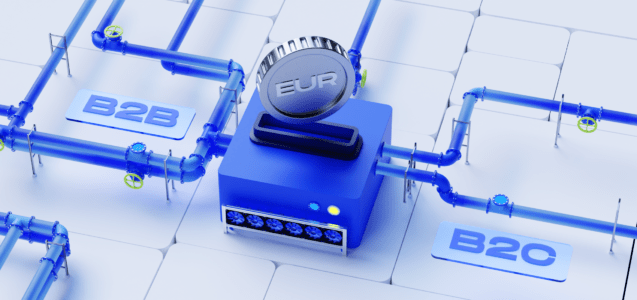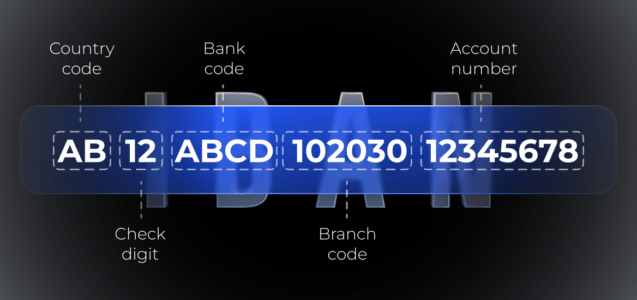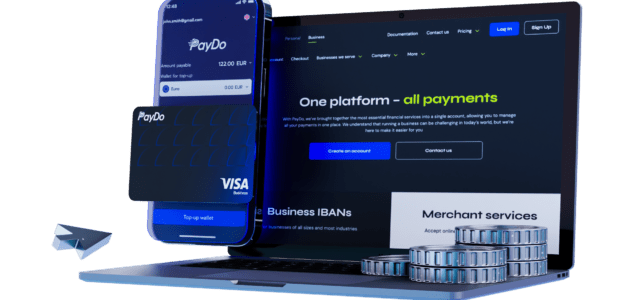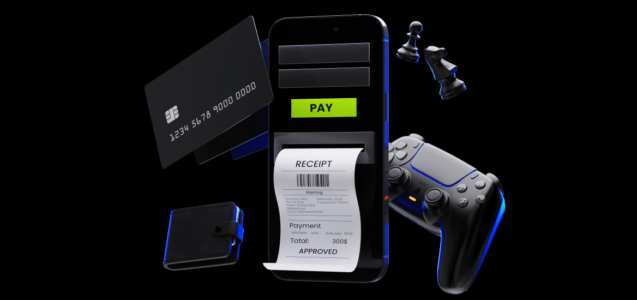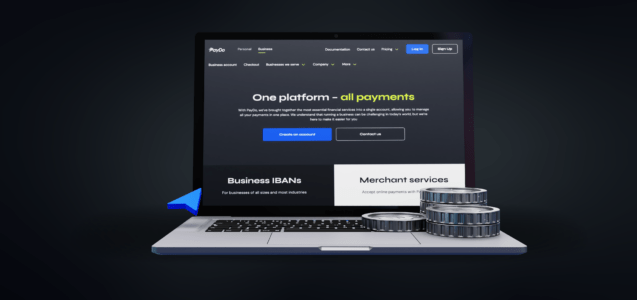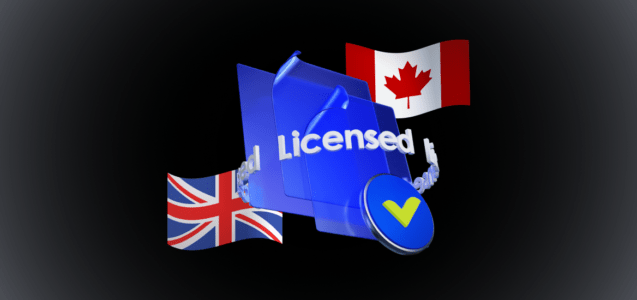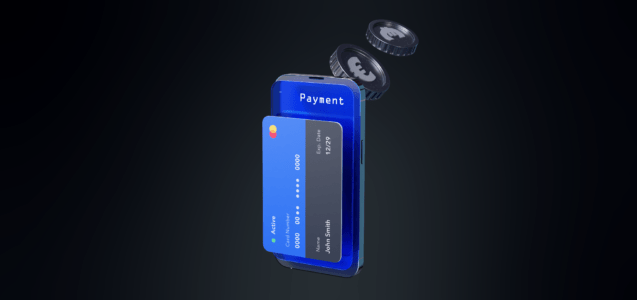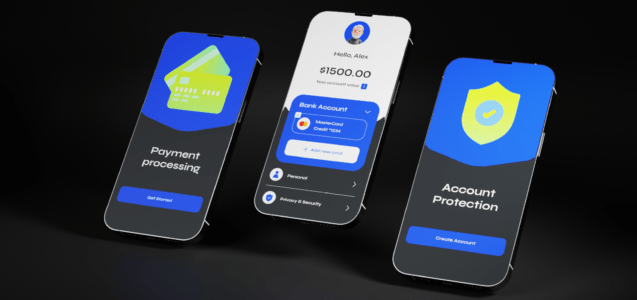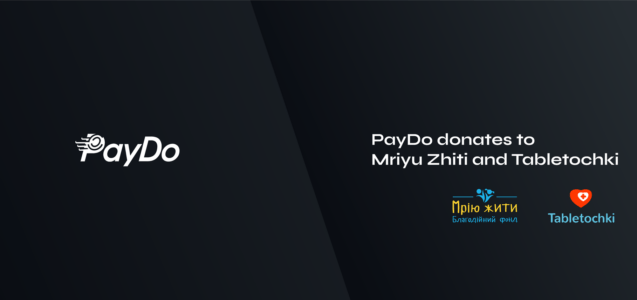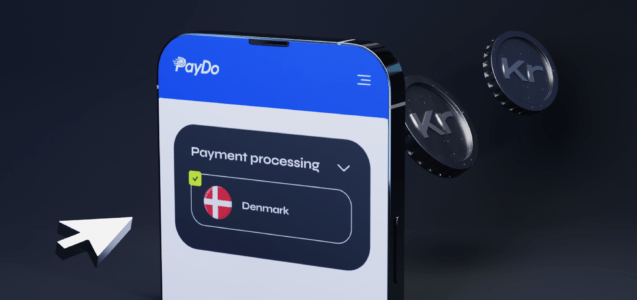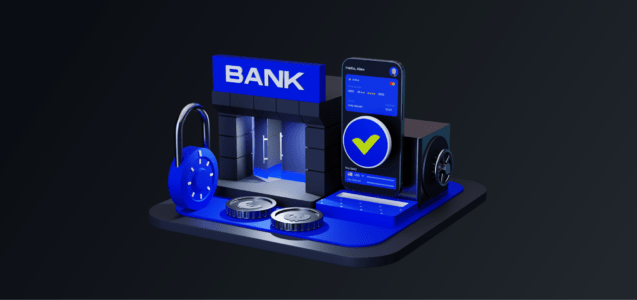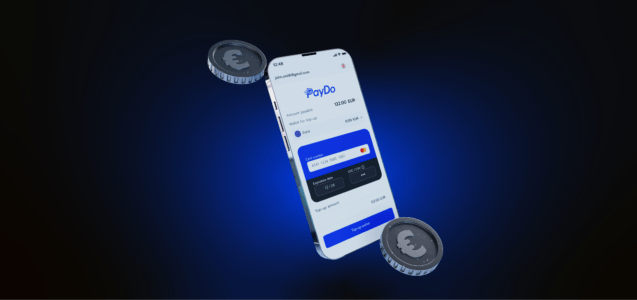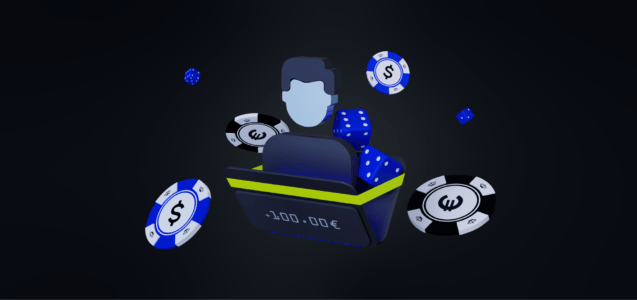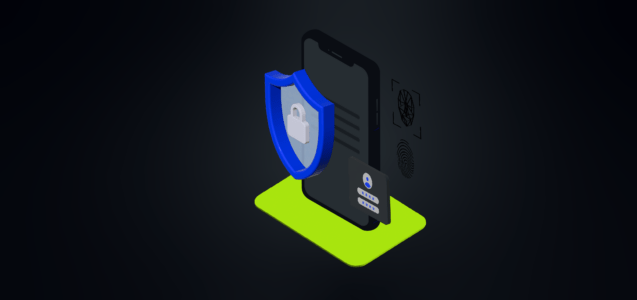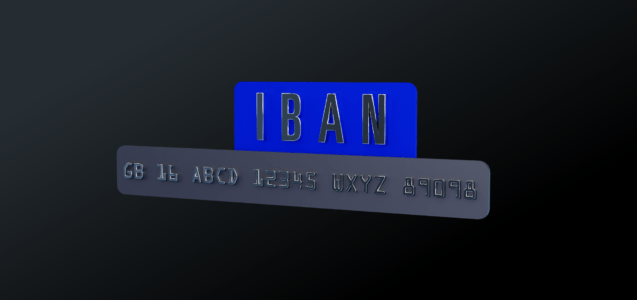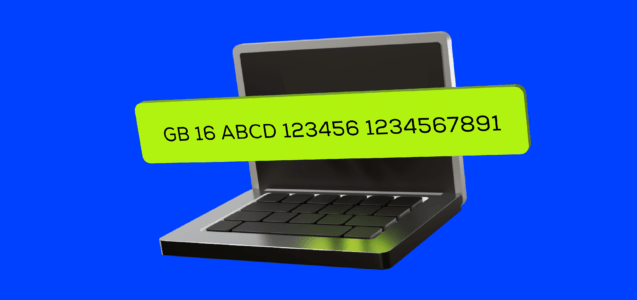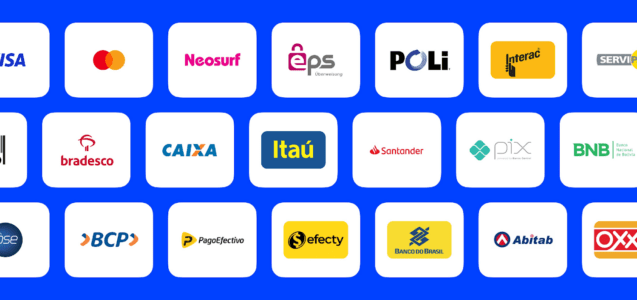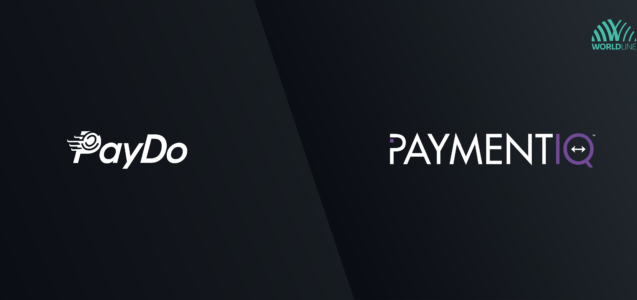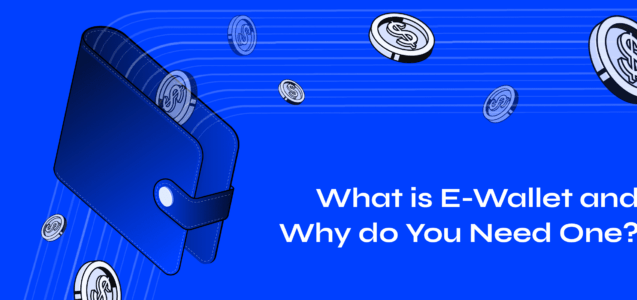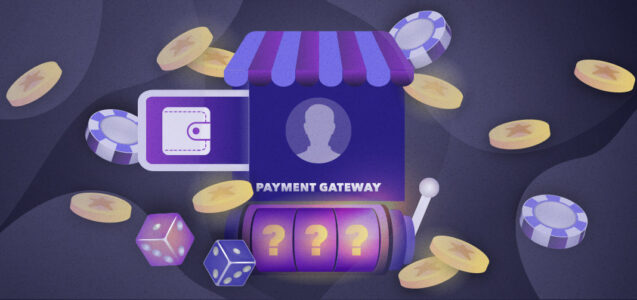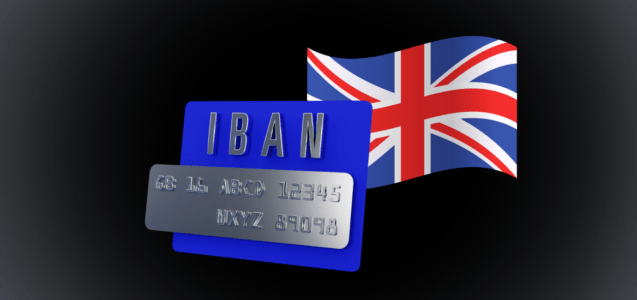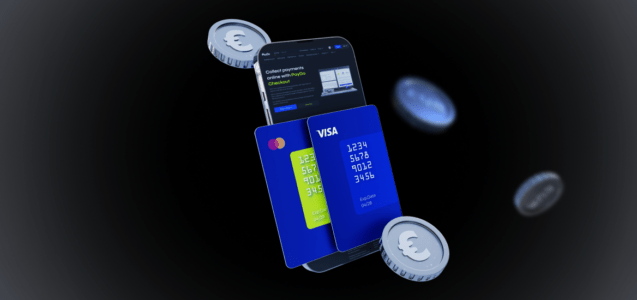Whether you’re running an online casino, sportsbook, or any other gaming platform, ensuring your players can deposit and withdraw funds seamlessly is crucial. A reliable payment gateway is the backbone of this process, safeguarding transactions, protecting user data, and building trust with your customers.
According to a report by Grand View Research, the global payment gateway market size was valued at $22.09 billion in 2020 and is expected to grow at a compound annual growth rate (CAGR) of 21.7% from 2021 to 2028 . This statistic underscores the increasing importance and demand for efficient payment solutions across various online platforms, including iGaming.
This article will guide you through the essential steps to create a payment gateway tailored for the iGaming industry. From understanding the basics and choosing the right technology to integrating payment methods and ensuring compliance, we’ll cover everything you need to know to set up a robust and efficient payment system. Let’s dive in and explore how you can enhance your gaming platform with a top-notch payment gateway.
How to Build a Payment Gateway
Building a payment gateway is a crucial step for any iGaming platform looking to handle transactions securely and efficiently. By understanding the fundamental components and processes, you can create a payment gateway tailored to your specific needs.
Understanding the Basics
A payment gateway is a service that processes credit card payments for online and brick-and-mortar stores. In the iGaming sector, a payment gateway facilitates the transfer of information between a payment portal (such as a website) and the acquiring bank. It ensures that transactions are carried out securely and efficiently, enhancing user trust and satisfaction.
Choosing the Right Platform
When you create a payment gateway for your website, selecting the right platform is critical. Popular technologies include:
- PHP and MySQL. Ideal for custom solutions due to their flexibility and ease of use.
- Node.js. Known for handling multiple simultaneous connections efficiently, making it suitable for high-traffic platforms.
- Third-Party Platforms. Such as PayDo, PayPal, or Authorize.Net, which offer ready-made solutions that can be integrated into your system.
Choosing the right platform depends on your specific needs, such as transaction volume, scalability, and ease of integration.
Security Measures
Implementing robust security measures is non-negotiable when you build a payment gateway. Key protocols include:
- Encryption. Use SSL/TLS encryption to protect data in transit.
- PCI-DSS Compliance. Ensure your payment gateway meets the Payment Card Industry Data Security Standard to protect cardholder data.
- Fraud Detection. Implement advanced fraud detection mechanisms like CVV verification, address verification systems (AVS), and machine learning algorithms to identify suspicious activities.
For example, integrating a third-party service like FraudLabs Pro can add an extra layer of security to your transactions.
Integrating APIs
APIs (Application Programming Interfaces) are essential for setting up a payment gateway. They allow your platform to communicate with various payment processors and banks. Here’s how to integrate them:
- Select the Payment APIs. Choose APIs that support multiple payment methods like credit cards, e-wallets, and bank transfers.
- API Documentation. Thoroughly read the API documentation provided by the payment service providers to understand the endpoints and required parameters.
- Implementation. Write code to handle API requests and responses.
- Testing. Before going live, test the integration thoroughly in a sandbox environment to ensure it handles various transaction scenarios correctly.
By understanding the basics, choosing the right platform, implementing essential security measures, and integrating APIs, you can successfully build a robust and secure payment gateway. This not only enhances the user experience but also ensures the smooth operation of your iGaming platform. With the right approach, setting up a payment gateway becomes a manageable and rewarding task.
How to Set Up a Payment Gateway
Setting up a payment gateway involves several key steps to ensure smooth, secure transactions for your iGaming platform. Here’s a detailed guide to help you through the process.
Initial Setup Requirements
Before you can set up a payment gateway, you need to meet several prerequisites:
- Merchant Account. This is essential for processing credit card transactions. You can obtain a merchant account from a bank or a payment processor.
- SSL Certificate. Secure Socket Layer (SSL) certificates encrypt data transmitted between your website and users, ensuring secure transactions.
- Business Licenses. Ensure you have the necessary licenses to operate your iGaming platform legally, as different regions have varying regulatory requirements.
Configuration Steps
Once you have the necessary prerequisites, follow these steps to configure your payment gateway:
- Create a Merchant Account. Set up a merchant account with your chosen bank or payment processor. This account will handle the funds from your transactions.
- Install SSL Certificate. Purchase and install an SSL certificate on your website to secure data transmission. This step is crucial for maintaining trust and ensuring compliance with security standards.
- Currency Setup. Configure the currencies your payment gateway will support. This is important for international iGaming platforms that deal with multiple currencies.
- Transaction Limits. Set transaction limits based on your business needs. This can include minimum and maximum transaction amounts to manage risks effectively.
- User Authentication. Implement robust user authentication methods to prevent unauthorized access. Use multi-factor authentication (MFA) and secure login procedures.
- Integration with iGaming Platform. Integrate the payment gateway with your iGaming platform using APIs. For example, integrating with Stripe might involve setting up webhooks to handle events like successful payments or disputes.
Testing the Gateway
Testing your payment gateway is a critical step to ensure it functions correctly and securely. Here’s how to test effectively:
- Sandbox Environment. Use the sandbox environment provided by your payment processor to simulate transactions without using real money.
- Test Scenarios. Create various test scenarios, including:
- Successful Payments: Ensure that successful transactions are processed correctly.
- Declined Payments: Test how the gateway handles declined transactions and displays appropriate error messages.
- Error Handling: Simulate errors, such as network issues or invalid card details, to ensure the gateway handles them gracefully.
- Transaction Logs. Review transaction logs to verify that all transactions are recorded accurately and identify any anomalies.
- User Experience. Test the user experience to ensure that the payment process is smooth and intuitive for your users.
Setting up a payment gateway requires careful planning and execution to ensure secure and efficient transactions on your iGaming platform. By meeting initial setup requirements, following detailed configuration steps, and thoroughly testing the gateway, you can provide a seamless payment experience for your users. This not only enhances user satisfaction but also builds trust and credibility for your platform.
Setting Up a Payment Gateway
Setting up a payment gateway involves careful consideration of various payment methods, creating a seamless user interface, and adhering to legal and regulatory requirements. Here’s how to ensure your payment gateway is both functional and compliant.
Selecting Payment Methods
Offering a variety of payment methods is essential to cater to different user preferences. Common payment methods include:
- Credit Cards. Widely used and accepted globally. Integration involves connecting with payment processors like Visa and MasterCard.
- E-wallets. Popular among online users for their convenience and speed. Examples include PayDo, Skrill, and Neteller. Integrating e-wallets typically requires API integration and user authentication.
- Bank Transfers. Preferred for high-value transactions and users who prefer traditional banking. Integration involves setting up connections with banks and ensuring secure data transmission.
For example, to integrate PayDo, you need to create a business account, get the API credentials, and use PayDo’s SDK to handle transactions on your platform.
User Interface and Experience
A user-friendly interface is crucial for a smooth payment process. Here are some tips to design an effective payment interface:
- Simplicity. Keep the payment form simple and uncluttered. Only ask for necessary information.
- Security Indicators. Display security icons and SSL certificates to reassure users.
- Responsive Design. Ensure the payment gateway works seamlessly on both desktop and mobile devices.
- Progress Indicators. Use progress indicators to show users where they are in the payment process, reducing uncertainty and improving user experience.
For instance, implementing a simple, clean design with clear instructions can help users navigate the payment process easily, increasing the likelihood of successful transactions.
Compliance and Regulations
Adhering to legal and regulatory requirements is essential to avoid penalties and build trust with your users. Key considerations include:
- Data Protection Laws. Ensure compliance with data protection regulations like GDPR in Europe or CCPA in California. This involves securing user data and providing transparency about data usage.
- Anti-Money Laundering (AML). Implement measures to detect and prevent money laundering. This may involve verifying user identities, monitoring transactions, and reporting suspicious activities.
- PCI-DSS Compliance. Follow the Payment Card Industry Data Security Standard to protect cardholder data. This includes encrypting data, maintaining secure networks, and regular monitoring.
Setting up a payment gateway requires integrating diverse payment methods, designing a user-friendly interface, and adhering to strict compliance and regulatory standards. By focusing on these key areas, you can create a secure, efficient, and user-friendly payment gateway for your iGaming platform.
How to Create a Payment Gateway for a Website
Creating a payment gateway for your website involves integrating it seamlessly, customizing it to fit your branding, and maintaining it for optimal performance. Here’s a detailed guide to help you through the process.
Website Integration
Integrating a payment gateway into a website requires specific steps depending on the platform you’re using. Here’s how to do it for popular platforms:
- WordPress. Use plugins like WooCommerce or Easy Digital Downloads, which support various payment gateways. For example, to integrate PayPal:
- Joomla. Use extensions like J2Store or HikaShop. Install the extension and configure it with your payment gateway credentials.
- Custom-Built Sites. Use APIs provided by payment gateway services like PayDo.
Customization Options
Customizing your payment gateway to match your website’s branding and user flow is crucial for maintaining a cohesive user experience:
- Branding. Ensure the payment gateway reflects your brand’s colors, logos, and design elements. This can often be done through the payment gateway’s dashboard or through custom CSS.
- User Flow. Streamline the payment process by reducing the number of steps required to complete a transaction. Use clear, concise instructions and minimize form fields to enhance the user experience.
Ongoing Maintenance
Maintaining your payment gateway ensures it continues to operate smoothly and securely:
- Regular Updates. Keep the payment gateway software and plugins up-to-date to benefit from the latest features and security patches.
- Monitoring Transactions. Regularly monitor transaction logs to detect any unusual activity or potential issues. Use automated tools to alert you to any discrepancies.
- Addressing Technical Issues. Have a dedicated team or support service ready to address any technical issues promptly. Regularly review and optimize the code to ensure efficiency.
Integrating, customizing, and maintaining a payment gateway for your website involves several crucial steps to ensure it operates efficiently and securely. By following these guidelines, you can create a seamless and reliable payment experience for your users, enhancing their overall satisfaction with your iGaming platform.
Payment Gateway Architecture
Understanding the architecture of a payment gateway is crucial for building a robust and efficient system. This section breaks down the key components, workflow, scalability, and performance optimization strategies.
System Components
The architecture of a payment gateway includes several critical components:
- Front-End Interfaces. These are the user-facing elements where users input their payment information. This includes web forms, mobile app interfaces, and other input methods.
- Back-End Servers. These servers handle the processing of payment requests, communication with financial institutions, and transaction management.
- Database Systems. Databases store transaction data, user information, and other relevant details securely. They play a crucial role in the overall payment gateway architecture by ensuring data integrity and availability.
Workflow Overview
The transaction workflow in a payment gateway involves multiple steps, from user initiation to final approval:
- User Initiation: The user initiates a payment by entering their payment details on the front-end interface.
- Data Encryption: The payment details are encrypted to ensure security during transmission.
- Payment Request: The encrypted data is sent to the payment gateway’s back-end servers.
- Transaction Processing: The payment gateway processes the payment by communicating with the acquiring bank and the card networks (e.g., Visa, MasterCard).
- Authorization Request: The payment gateway requests authorization from the user’s issuing bank.
- Authorization Response: The issuing bank approves or declines the transaction and sends the response back to the payment gateway.
- Notification: The payment gateway notifies the user and the merchant of the transaction status.
- Settlement: If approved, the funds are transferred from the user’s bank to the merchant’s account.
Scalability Considerations
Scalability is crucial for handling high transaction volumes, especially in the iGaming industry:
- Horizontal Scaling. Add more servers to distribute the load and ensure that the payment gateway can handle increased traffic.
- Load Balancing. Implement load balancers to evenly distribute incoming requests across multiple servers, preventing any single server from becoming a bottleneck.
- Microservices Architecture. Use microservices to break down the payment gateway into smaller, independent services that can be scaled individually.
Performance Optimization
Optimizing performance ensures quick transaction processing and a better user experience:
- Caching. Use caching mechanisms to store frequently accessed data, reducing the need to repeatedly access the database.
- Minimize Latency. Reduce latency by optimizing network connections and using faster server hardware.
- Database Optimization. Optimize database queries and use indexing to speed up data retrieval.
- Asynchronous Processing. Handle non-critical tasks asynchronously to improve the overall responsiveness of the payment gateway.
A well-architected payment gateway ensures secure, efficient, and scalable transaction processing, crucial for the success of any iGaming platform. By understanding the system components, transaction workflow, and strategies for scalability and performance optimization, you can build a robust payment gateway that meets the demands of your users and business.
The Takeaways
Creating a robust and secure payment gateway is essential for any successful iGaming platform. Throughout this article, we’ve covered the critical steps involved in building, setting up, and maintaining a payment gateway. We explored the fundamental components of payment gateway architecture, detailed the process of integrating it into a website, and emphasized the importance of selecting the right payment methods and ensuring regulatory compliance.
Investing in a secure and efficient payment gateway ultimately leads to smoother operations, higher user satisfaction, and a stronger competitive edge in the market. By following these steps, you can build a payment gateway that supports your business goals and provides a reliable transaction platform for your users.
Keep in mind, if you want a reliable partner guiding you through payment gateways in iGaming, PayDo is always there. Create a PayDo Business Account and benefit from our Merchant integration.


